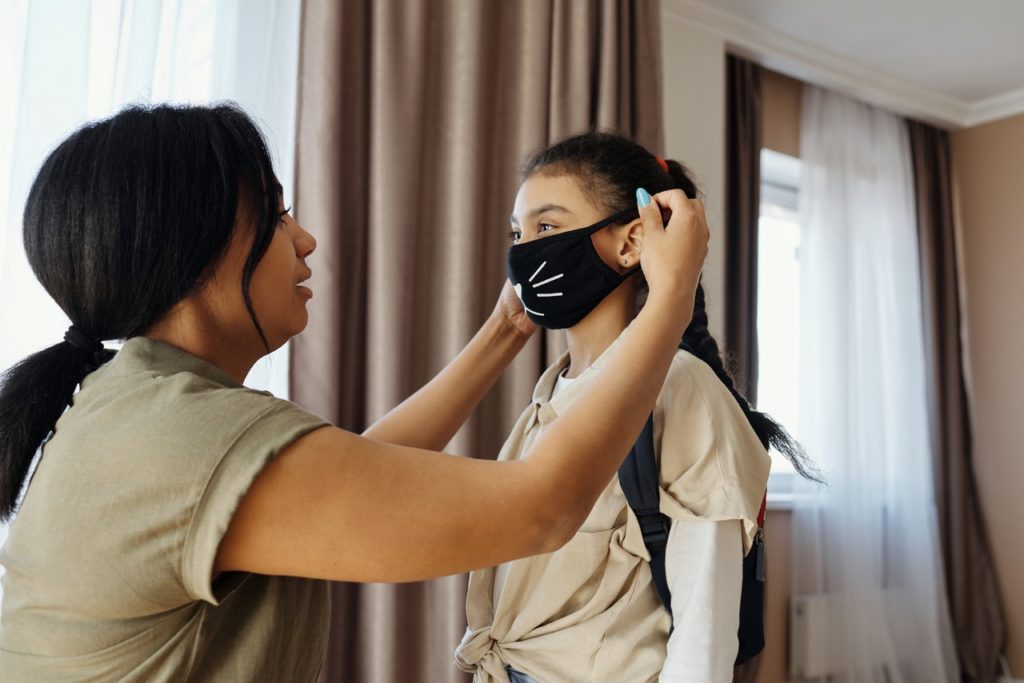The announcement that many primary and secondary schools in the US would reopen in the fall was met with dismay and protests. Many feared that allowing children to interact and be in close contact with other kids would put them at risk of the COVID-19 virus, as evidence has shown that, contrary to initial reports, the virus can affect children, too.
A bigger worry was that children could become drivers of COVID-19 transmission; that they could unwittingly catch the virus at school and bring it home to their families.
Both are legitimate and valid concerns. A recent study suggests, however, that schools are not the transmission “ground zero” that many parents feared they are.
Representatives from the Centers for Disease Control and Prevention and researchers from the University of Mississippi Medical Center observed 397 children under 18 years old, 154 of whom tested positive for coronavirus. After further investigation on the children’s activities, they found that those who tested positive were more likely to have attended social gatherings and had visitors in their home than the children who tested negative. This means that children are less likely to catch or spread the virus in school than in social gatherings at home.
Caution Is Still Necessary
Despite the findings of the CDC’s study, it is still crucial that schools spearhead anti-COVID efforts within its walls.
Here are some steps on how schools can prevent COVID-19 transmission and protect their young students from the deadly disease:
Maintain safe distances between students and teachers.
The CDC recommends maintaining a six-foot distance between students and the school staff. Teachers should encourage students to observe this distance as much as possible, especially as they walk through the halls or stay in areas like the cafeteria, playground, or gym.
Social distancing should also be promoted inside the classrooms. Position desks far apart from each other. Teachers can also make an activity of creating clear barriers on the students’ desks, like turning it into an art project among the primary schoolers.
Stagger students’ break times.
Photos of crowded hallways circulated on social media on the first day of schools’ opening. It was clear that social distancing became impossible given the sheer number of students who walked the halls at the same time.
One way to solve this problem would be to stagger the break times for the students. Schedule lunch breaks for the younger levels a little earlier than the usual; after their break time is over, it would be the older students’ turn to take a breather and have lunch. This strategy will enable school administrators to control the maximum number of students who’re outside their classrooms and possibly interacting with one another at any given time.

Clean and sanitize the school premises regularly.
Every inch of the school must be sanitized several times a day to ensure that the virus cannot thrive on the campus and grounds. So apart from the usual janitorial routines and franchise lawn care services for the schoolyard or sports field, administrators must also set schedules for disinfecting the school’s floors and walls twice or three times a day.
Make face masks mandatory.
Despite the ongoing debate about the necessity of masks during the pandemic, scientists and doctors have always maintained that wearing them can indeed reduce the spread of the virus. Additionally, masks may not be 100% impenetrable, but they can keep microdroplets of mucus or saliva, which are expelled in the air when someone coughs or sneeze, from getting to a person’s mouth and nose.
For their safety, all students must wear masks the entire time they are in school. They are not to take them off, except when they are eating lunch or snacks in the cafeteria.
Prevention is better than cure, and this statement is never truer than when referring to the coronavirus pandemic. Some prevention methods might be inconvenient, but if the outcome is that no student will become infected with COVID-19, then all efforts will be worth it.




